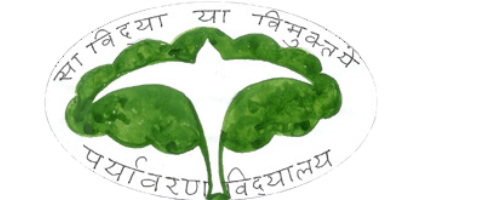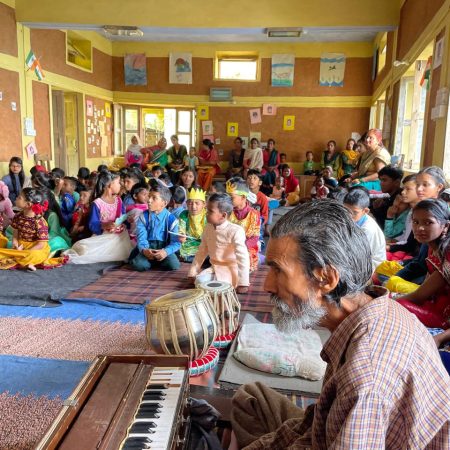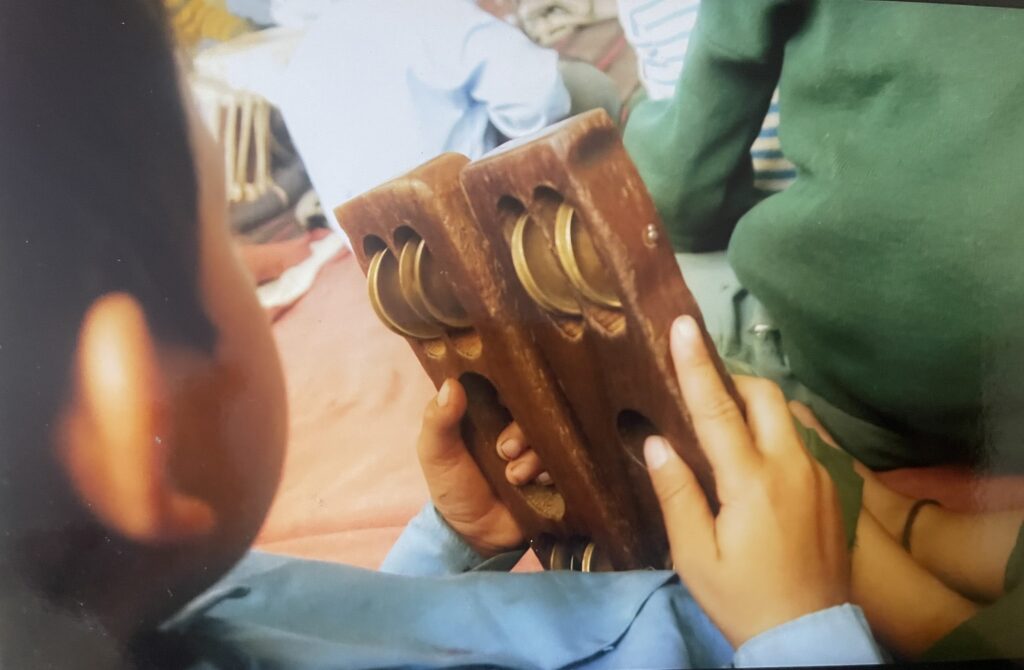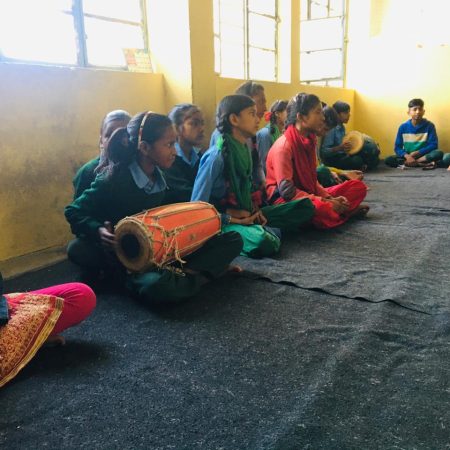
Music Meditation
It is no secret that music education is undervalued in most contemporary mainstream schools. When school budgets are tightened, it is typically the music department that feels it the most. In Indian government schools, music is relegated to the morning standings assemblies, where children are forced to bark out call and response songs, much like as if they were cadets at boot camp.
In APV school, things are quite the opposite. Every school day begins with all of the children and teachers sitting together for an hour of song. Outside of the morning assemblies, Kindergarten through 3rd standard participate in music class everyday, the higher grades two hours a week. Children are taught music scales, singing techniques, and how to play percussion instruments. APV also invests surplus money in purchasing harmoniums, dholaks, tablas, tambourines, and other musical instruments for student and teachers to play.
APV views music as a logical and essential extension of its holistic education philosophy. Music engages one’s physical capacities. When one sings correctly they must use proper posture and breathing techniques. The body is also interacts with the music through playing instruments, keeping rhythm by clapping, or even by simply swaying to the beat. Music also engages one’s intellectual abilities. It demands that the musician discern various pitches, rhythm, beats, and scales, and be able to master and employ them. For younger children, learning a song is also a language exercise; it requires them to use new words and grammatical structures, while challenging them to associate learned lyrics to written word. Finally, music engages one emotionally. The key of the song, style of instrumentation, and lyrics link the music to one’s heart availing a vast array of emotional experience. When one fully directs all of their attentions to a song, they become ‘lost in the music,’ so to speak. In this manner there is deep resonation within, connecting to a different kind of energy that transcends sensory experience. One can see this through the relationship of music with the APV children: how they sing with such joy, how they connect to the meanings of the songs, how they spend hours rewriting lyrics into songbooks, decorating them with beautiful pictures. Music captivates and binds all of these faculties together, the physical, emotional, and intellectual, which is a helpful tool in integrating the learner’s personality.
There also are many benefits for the child derived through singing in a community. Through group participation, a child learns to become aware of the community and to collectively work together to create something beautiful. In this practice, the child learns self discipline, or rather, selfless discipline, motivating a child to diligently learn proper techniques of song, not entirely for personal gains, but to play their own role in harmoniously contributing to the beauty of song. The child is also accountable to the rest of community in producing the right pitch, proper lyrics, and beat, and thus learns a valuable lesson of responsibility.
All of the songs sung in assembly are written by APV staff. The songs represent a variety of stories, scriptures, social issues and remedies that examine our outward and inward experience. The undercurrent beneath all of the songs is the APV educational philosophy and the way this philosophy manifests itself in the day to day living for teachers and children. The children might not fully understand the meanings of these songs in logical terms, but perhaps they do understand a deeper meaning of the songs. The real meaning is not just another set of words, but rather a wordless, deep emotion. The logical/rational meanings of these songs and the philosophy that they try to convey will unravel as the children grow and mature.

Led by Anandji or Dhiraj Sir on the harmonium, for an hour every morning we sing spiritual songs composed by Anandji and others in the APV community. Group music is a practice and a celebration of the understanding required to live mindfully in a community.
To play and enjoy music together, we must simultaneously be aware of ourselves, our own playing, whether we are on beat and in tune, and aware of the larger community of which we compose a small part, the music as a whole, the synthesis of each individual contribution. In group music we must be both the star and the constellation; soon we realize that awareness of one facilitates awareness of the other.


[- lyrics and music by Anand Dwivedi; performed by the Teachers and Students of APV © 2006]
Newsletter
Join our newsletter for the latest news and resources.

Premium theme ©www.ccmedia.pro Experience the exceptional design and craftsmanship of “Ladakh Genius Growth” bringing our vision to life
©APVSchool.org Expertly designed and thoughtfully handcrafted by www.ccmedia.pro with a commitment to excellence. All Rights Reserved